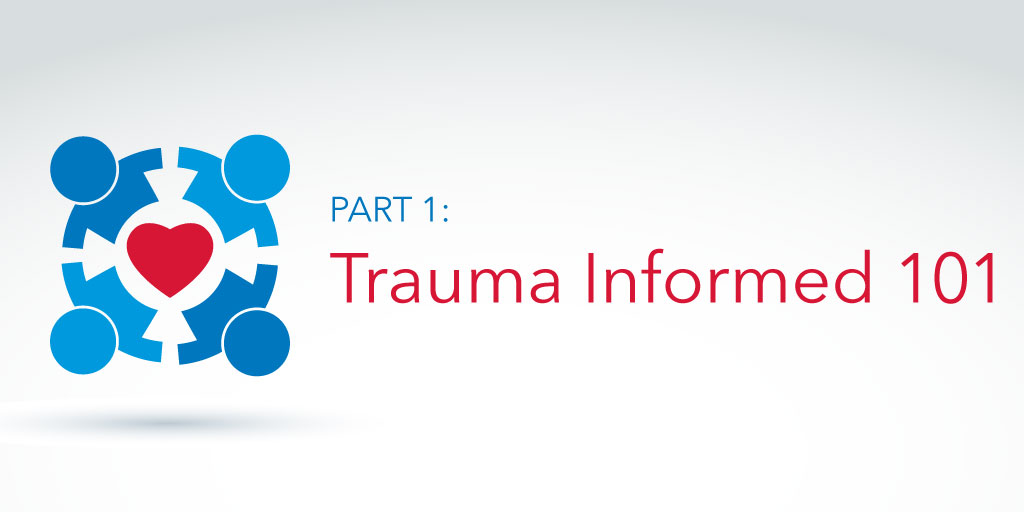
In the world of education, the term “trauma informed” has caught on over the past few years. It is a term used by many to define an approach to students—particularly in how we discipline them. If you have heard the term but don’t feel as though you completely understand it, this information may be helpful to you.
But where did the trauma-informed movement come from? And why are we only hearing this term for the first time during the past few years? Some of the research on ACE scores has led us to understand that early trauma has a significant impact on students, learning, and long-term health outcomes (read here for more information about ACE scores). Because we have more and more research about the impact of toxic stress on brain development and function, we know that the trauma that causes this stress is very important.
Defining Trauma
It might be important to first define “trauma.” For some of us, we tend to think of an emergency, as in, “I’m going into the trauma unit because I had a heart attack.” However, trauma isn’t always acute and spontaneous. Trauma can come from a variety of sources in a student’s life, such as parents, siblings, or other caregivers. It can come because of an action, like abuse, or because of a lack of action, like neglect. Different individuals respond to traumatic situations differently.
Being trauma informed means that the teacher has an understanding about the role of trauma in students’ lives. Recently, experts like Jim Sporleder have used the phrase “trauma responsive” to describe those who not only understand trauma, but have the tools to respond to it with best practices. All of the response falls under the same vein, with a different approach to students and their behaviors by using the most up-to-date best practices for the classroom.
Trauma Touchstones
So, what are those best practices? There are some touchstones to working with students in trauma that are important to keep in mind. Here is a summary of some of them:
- Behavior is a communication: When students don’t follow our expectations, it’s easy to become frustrated with them. You have probably heard “behavior is a choice” before, and indeed it is, but it is also a form of communication. When a student shuts down, tells us “no,” or acts out in class, they could be coming from a place of fear and anxiety. A trauma-informed response recognizes this and doesn’t respond with emotion, but rather with care and understanding.
- A brain in “fight or flight” mode cannot think and process: For all of us, when we are in emotionally charged situations, we have trouble thinking clearly. This is not our fault; it is our biology. Students are no different—when we have students who seem to feed off conflict or run when situations are hard, we must notice in them the trauma that has created this fight or flight response.
- Students need help regulating their emotions: Students can come to us having a learned pattern of behavior regarding their emotions. We have all met students who go from zero to 100 in the blink of an eye. As we create a safe space for learning, one that takes into account this pattern, we can help students to verbalize and visualize about their behavior. Talking to them about the Zones of Regulation is one example of a trauma-informed approach to making this happen in the classroom.
As an adult, it is counterproductive to respond to a behavior in a way that increases a student’s stress level. It is frustrating to work with students with behavioral issues—because of this, our frustration as adults can turn into “punishments” and consequences for our students. We know that research supports a positive approach to students, but this can be hard with extreme behaviors. Even though it is hard, when we increase the stress level of a student, it is harder for them to think and process. When it comes to behavior, our “teachable moments” must come when students are calm and ready to learn, not when we are frustrated with them in the heat of the moment.
For more on the trauma-informed philosophy and practice, I would recommend researching some of the forerunners in this area, such as Heather Forbes, Cindy Blasi, and Jim Sporleder (mentioned above). I would also encourage you to look at national conferences and workshops that are starting to form around this area. Some of the best and brightest educators, principals, and social workers are great sources to learn from.
Be sure to look out for part two of this article series, Trauma-Responsive Best Practices, with tips on what to do in the classroom to help students thrive. And for more insightful teaching tips all year long, subscribe to the Educator blog.



